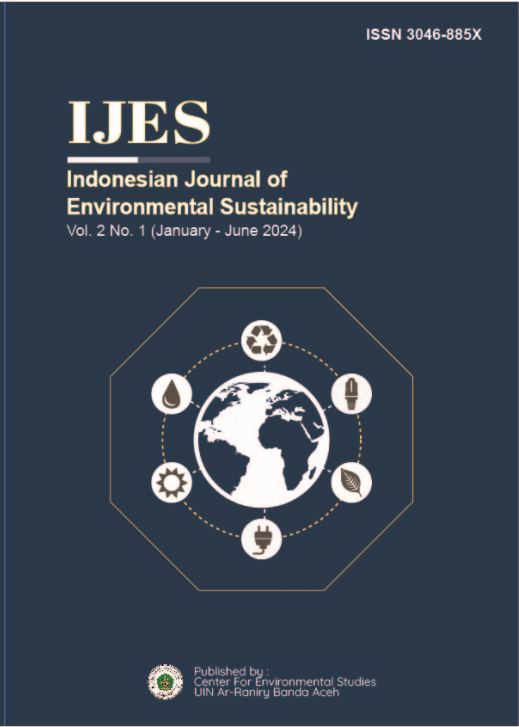WATERWHEEL DRAINAGE CLEANER (WDC): AN ECONOMIC TECHNOLOGY APPROACH INNOVATION FOR LAND-WATER RELATED MICROPLASTIC POLLUTION PREVENTION
DOI:
https://doi.org/10.22373/ijes.v2i1.4789Keywords:
Drainage, Microplastic, Sanitation, Waterwheel Drainage CleanerAbstract
Microplastic pollution in water bodies is currently attracting attention worldwide due to its societal prevalence and long lifespan. It enters freshwater ecosystems through runoff, wastewater discharge, and atmospheric deposition in various colors, sizes (<5 mm), shapes, and polymer types. If microplastics are transported through the food chain, they can become harmful and have negative effects on aquatic ecosystems and human health. Due to the high correlation with human activities, urban areas are a significant source of microplastic emissions into water bodies. All these sources are related to the collection and discharge of drainage systems, which are important pathways for moving pollutants between land and water. The common way to remove solid waste, especially plastic waste in drainage, is using the traditional way by humans. However, this method takes a long time and is dangerous for humans due to exposure to an unhealthy work environment. Innovation is needed to reduce plastic waste pollution in urban drainage. The Waterwheel Drainage Cleaner (WDC) uses an air wheel mechanism that rotates using the flow potential of water. The WDC is equipped with filter arms that end on the conveyor. The conveyors are beneficial for moving waste from drainage to WDC tubes. The WDC framework can be applied to other multi-locations, such as rivers, reservoirs, and lakes. The WDC innovation is expected to reduce microplastic pollution in the aquatic environment, reduce drainage sedimentation, and increase community sanitation at a more cost and time-efficient rate.
















